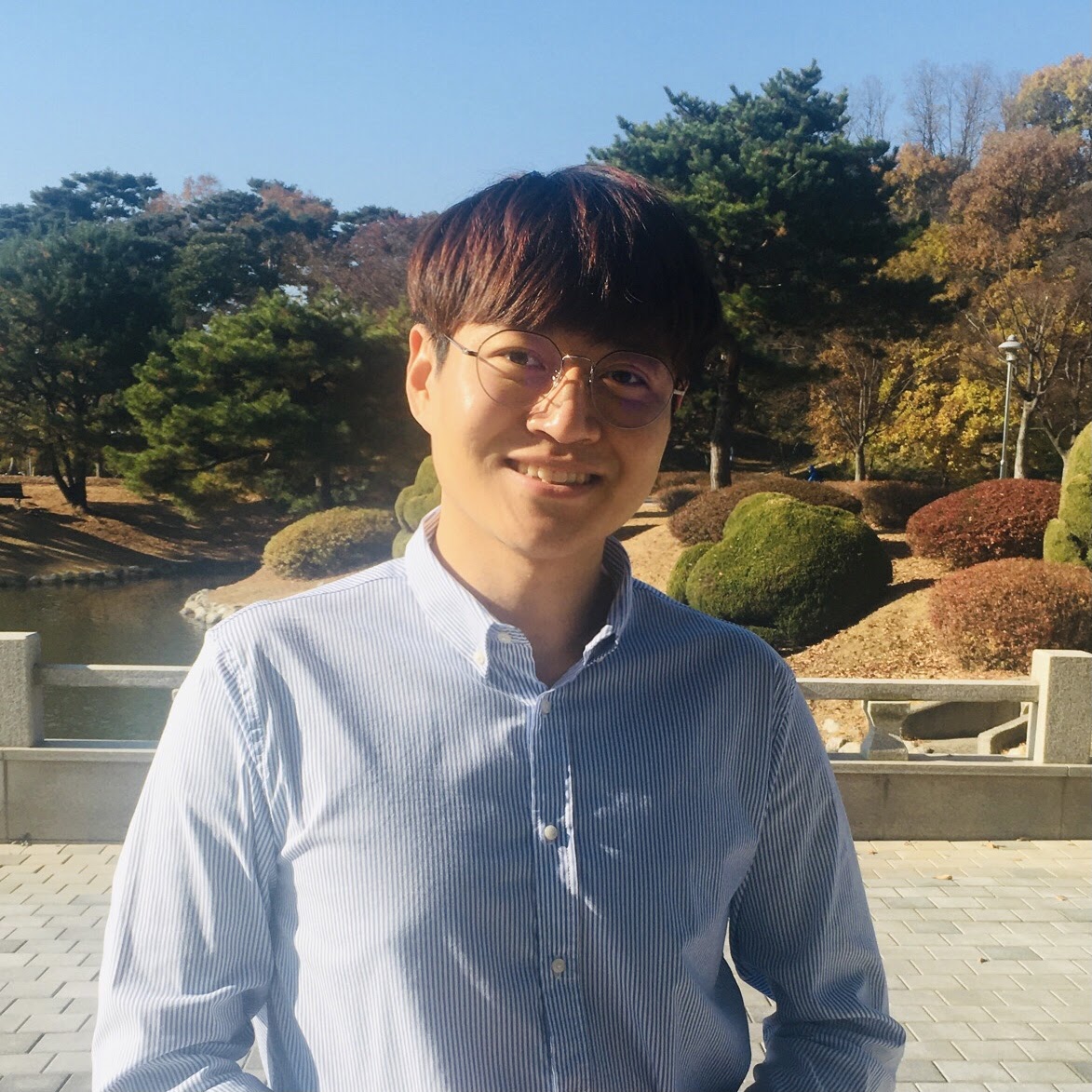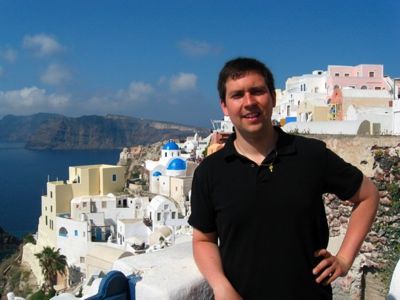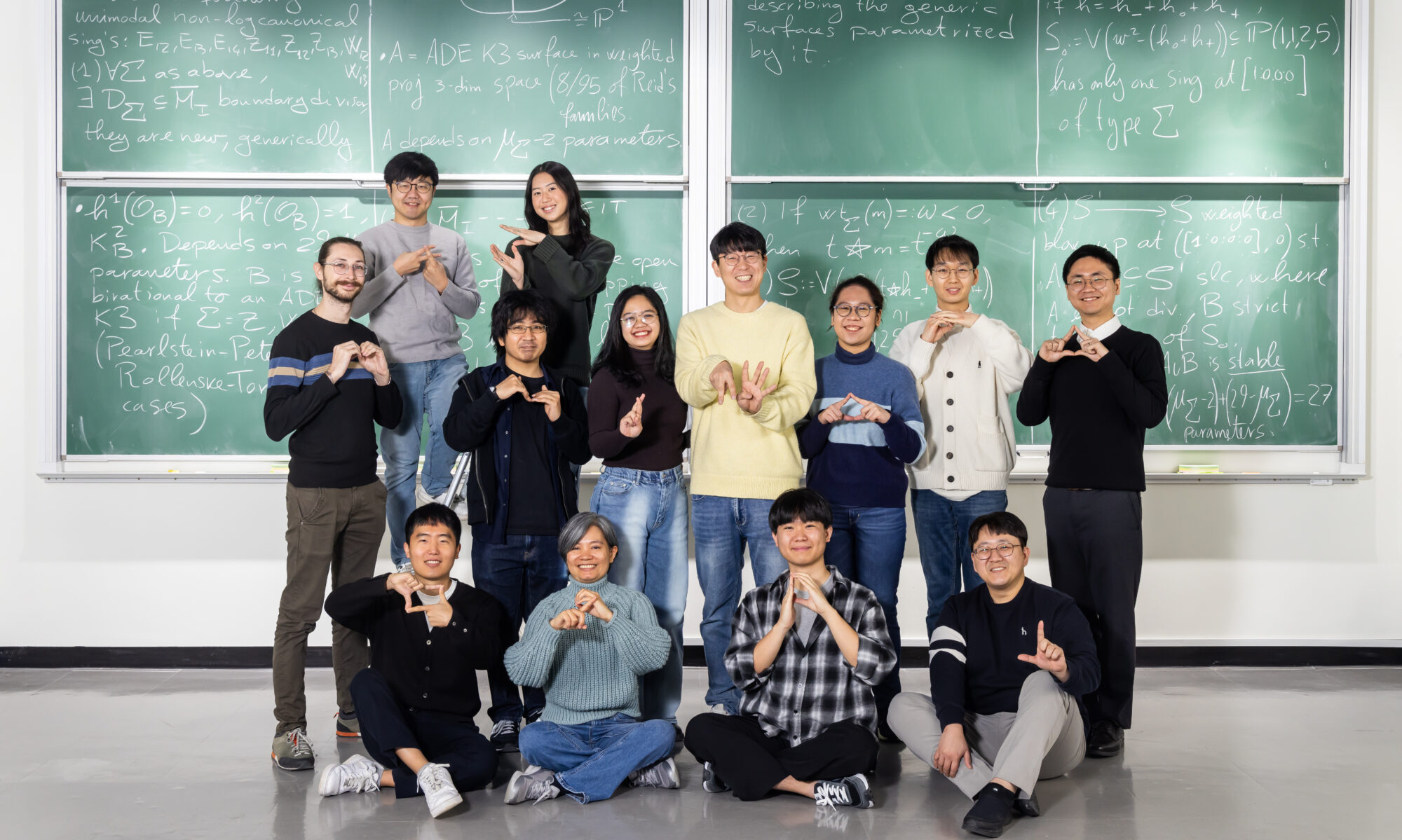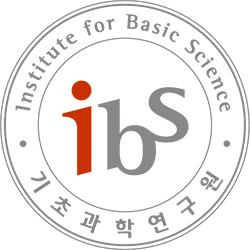We will discuss about “A stochastic oscillator model simulates the entrainment of vertebrate cellular clocks by light”, Kumpost et al., bioRxiv (2021)
The circadian clock is a cellular mechanism that synchronizes various biological processes with respect to the time of the day. While much progress has been made characterizing the molecular mechanisms underlying this clock, it is less clear how external light cues influence the dynamics of the core clock mechanism and thereby entrain it with the light-dark cycle. Zebrafish-derived cell cultures possess clocks that are directly light-entrainable, thus providing an attractive laboratory model for circadian entrainment. Here, we have developed a stochastic oscillator model of the zebrafish circadian clock, which accounts for the core clock negative feedback loop, light input, and the proliferation of single-cell oscillator noise into population-level luminescence recordings. The model accurately predicts the entrainment dynamics observed in bioluminescent clock reporter assays upon exposure to a wide range of lighting conditions. Furthermore, we have applied the model to obtain refitted parameter sets for cell cultures exposed to a variety of pharmacological treatments and predict changes in single-cell oscillator parameters. Our work paves the way for model-based, large-scale screens for genetic or pharmacologically-induced modifications to the entrainment of circadian clock function.

Registration is required to attend this talk (link: https://www.ibric.org/seminar/#), and it will be presented in Korean.
Abstract: 생체 시계 (Circadian clock)를 구성하는 핵심 단백질인 PERIOD (PER)의 양은 12시간 동안 증가했다가 12시간 동안 감소하며 24시간 주기로 변화한다. 이 24시간 주기의 PER 리듬이 우리 몸의 시계 역할을 하여 수면 시간 등 다양한 행동 및 생리 작용의 시간을 결정한다. PER의 24시간 주기 리듬 생성 원리는 2017년 노벨생리의학상을 수상한 마이클 영, 제프리 홀 그리고 마이클 로스배시 교수에 의해서 밝혀졌다. 12시간 동안 세포질에서 축적된 PER 단백질은 세포 핵 안으로 들어가 스스로 PER 유전자의 전사 (Transcription)를 방해함으로써 12시간 동안 PER 단백질의 양을 감소 시킨다. 하지만 12시간 동안 다른 시간에 생산된 수 천개의 PER 분자들이 어떻게 매일 같은 시간에 핵 안으로 들어가는지는 생체시계 분야의 큰 난제였다.
본 연구에서는 PER 단백질의 세포 내 움직임을 묘사하는 시공간적 확률론적 모형을 개발하여 분석함으로써 이 난제를 해결하였다. 구체적으로, PER 단백질이 핵에 들어가는데 필요한 인산화가 핵 주변에서 PER 단백질의 농도가 충분히 높을 때에만 발생함을 밝혔다. 이러한 PER 인산화의 동기화 덕분에 수천 개의 PER 단백질이 매일 일정한 시간에 함께 핵 안으로 들어갈 수 있었고 안정적인 24시간 주기의 일주기 리듬 (Circadian rhythms)과 수면 사이클을 유지할 수 있었던 것이다.
이러한 핵 주변에서 PER인산화 동기화가 발생하기 위해서는 핵 주변으로 PER이 충분히 응축되어야 한다. 하지만, 세포 내 환경이 과도하게 혼잡해져 PER 분자의 움직임이 크게 방해를 받으면 PER이 충분히 응축되지 않고 PER 인산화 동기화가 발생하지 않게 된다. 그 결과, PER이 핵 안으로 들어가는 시간이 불규칙해져 일주기 리듬과 수면 사이클이 불안정해진다.
이러한 수리 모델 예측은 미국 플로리다 주립대학 이주곤 교수 팀과의 협업을 통해 실험으로 검증하였다. 이는 세포질 혼잡 (Cytoplasmic trafficking)을 유발하는 것으로 알려진 비만, 치매, 노화가 어떻게 수면 질환을 유발하는지에 대한 메커니즘과 더불어 새로운 수면 장애 치료법을 제시한다.

This talk will be presented online. Zoom link: 709 120 4849 (pw: 1234)
Abstract: Millions of individuals track their steps, heart rate, and other physiological signals through wearables. This data scale is unprecedented; I will describe several of our apps and ongoing studies, each of which collects wearable and mobile data from thousands of users, even in > 100 countries. This data is so noisy that it often seems unusable and in desperate need of new mathematical techniques to extract key signals used in the (ode) mathematical modeling typically done in mathematical biology. I will describe several techniques we have developed to analyze this data and simulate models, including gap orthogonalized least squares, a new ansatz for coupled oscillators, which is similar to the popular ansatz by Ott and Antonsen, but which gives better fits to biological data and a new level-set Kalman Filter that can be used to simulate population densities. My focus applications will be determining the phase of circadian rhythms, the scoring of sleep and the detection of COVID with wearables.



